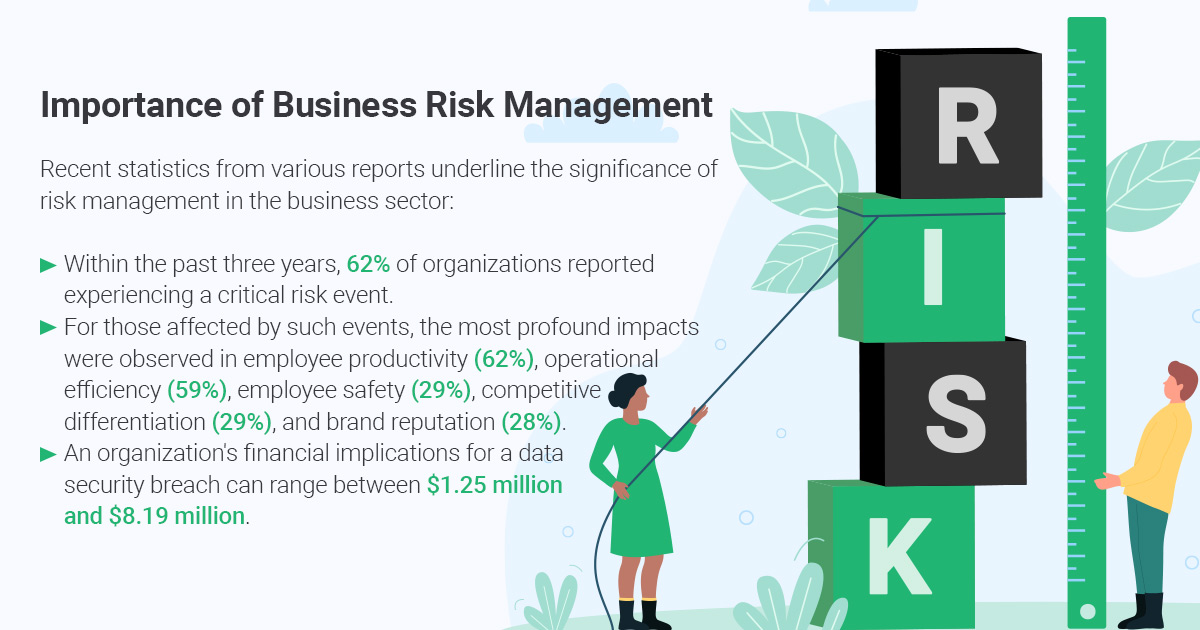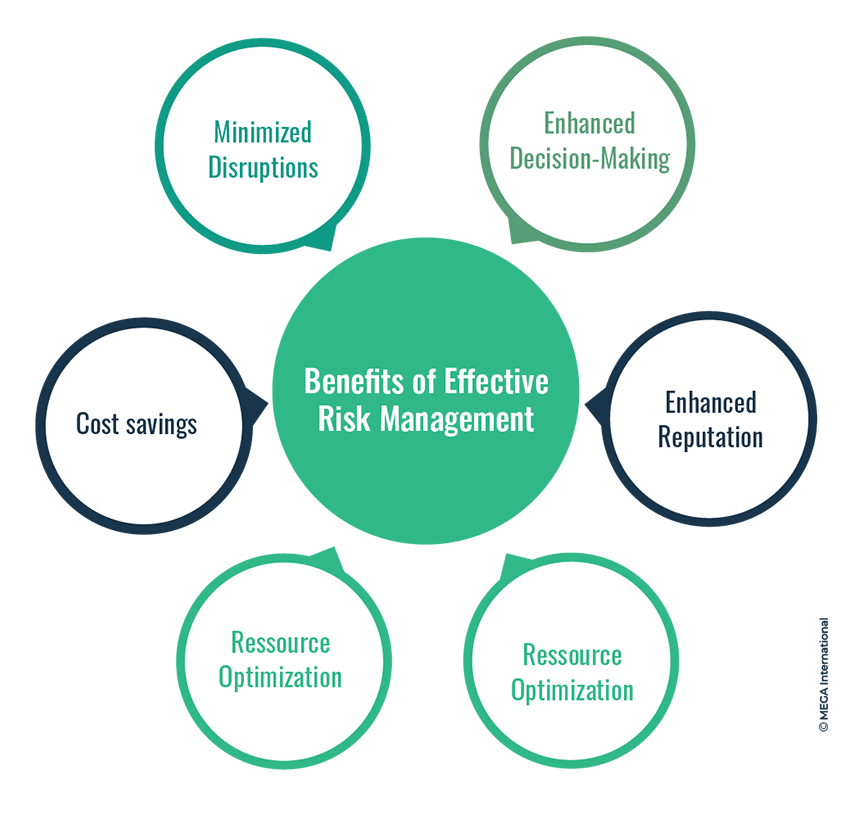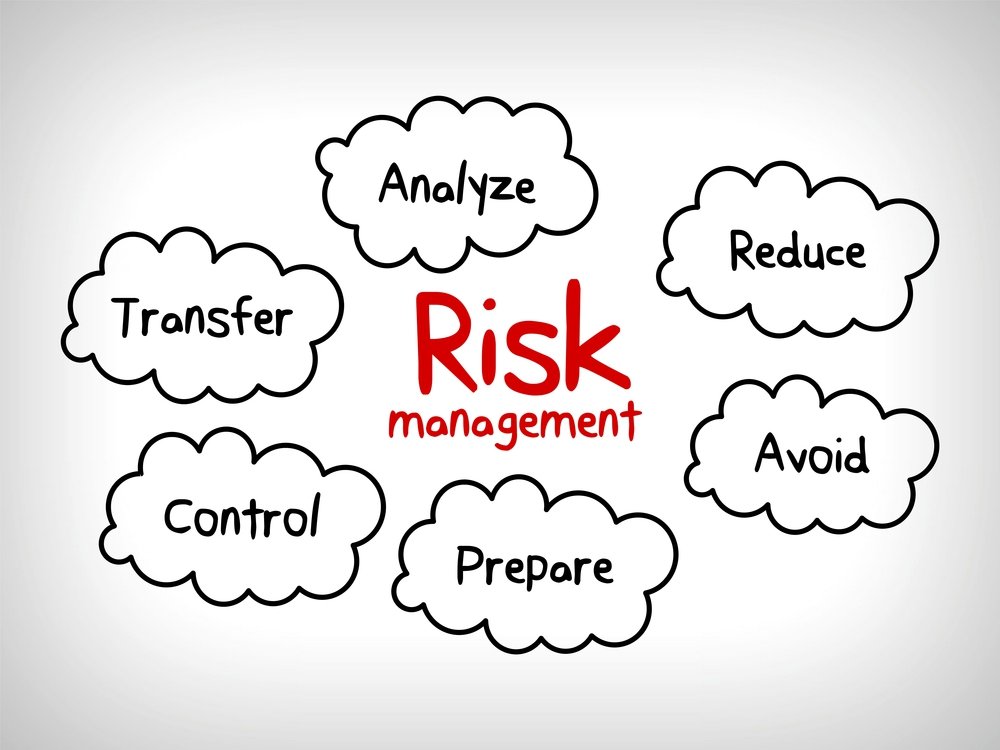The Importance of Recognizing the Significance of Risk Management in Different Industries

The Core Idea of Risk Management and Its Objective
Risk Management, the cornerstone of many industries, depends upon the identification, analysis, and mitigation of unpredictabilities in an organization atmosphere. It is an integral technique that allows companies to secure their properties, track record, and total survival. By correctly identifying potential threats, organizations can develop approaches to either avoid these threats from happening or decrease their impact. The analysis procedure entails analyzing the possibility and possible intensity of these risks. The mitigation procedure involves designing strategies to minimize their prospective effect as soon as dangers have been recognized and reviewed. This procedure is intermittent and recurring, ensuring that services are prepared for the ever-changing nature of Risk in different markets. The main function, hence, is to promote durability amidst unpredictabilities.
Benefits of Applying Risk Management in Business Workflow

Introducing the Duty of Risk Management in Different Industries
While every industry challenges its distinct set of dangers, the execution of Risk Management strategies continues to be a typical denominator in their pursuit of sustainability and development. In the medical care market, Risk Management involves guaranteeing person safety and information protection, while in money, it involves mitigating financial investment dangers and ensuring regulatory conformity (importance of risk management). Building firms concentrate on worker safety and security, project delays, and budget plan overruns. In the modern technology industry, firms reduce cybersecurity hazards and technology obsolescence. Inevitably, the function of Risk Management throughout industries is to identify, evaluate, and mitigate dangers. It is an essential element of calculated preparation, making it possible for companies to protect their properties, make the most of possibilities, and accomplish their objectives.
Real-life Study Demonstrating Successful Risk Management
To comprehend the relevance of Risk Management in these lots of industries, one can want to several real-life circumstances that show the successful application of these measures. For circumstances, in the power market, British Oil established Risk reduction prepares post the 2010 Gulf of Mexico oil spill. They executed much read this post here better security treatments and more stringent guidelines which dramatically decreased additional mishaps. In financing, Goldman Sachs successfully browsed the 2008 financial situation by recognizing potential mortgage-backed safeties threats early. Last but not least, Toyota, upload the 2011 quake in Japan, modified its supply chain Management to minimize interruption threats. These situations demonstrate just how industries, learning from situations, successfully applied Risk Management approaches to lower future dangers.
Future Fads and Developments in Risk Management Methods
As the world continues to develop, so also do the trends and growths in Risk Management strategies. Fast improvements in innovation and data analytics are improving the Risk landscape. Huge data and AI are now instrumental in predicting and reducing dangers. Organizations are leveraging these devices to build predictive models and make data-driven decisions. Cybersecurity, when an outer concern, has catapulted to the center of Risk Management, with approaches concentrating on detection, original site feedback, and avoidance. The integration of ESG (Environmental, Social, Administration) factors right into Risk Management is one more growing pattern, showing the enhancing acknowledgment of the function that environmental and social dangers play in business sustainability. Hence, the future of Risk Management depends on the blend of sophisticated innovation, ingenious strategies, and an alternative method.
Conclusion
In conclusion, recognizing the value of Risk Management across a range of sectors is important for their durability and success. Ultimately, successful Risk Management adds to a lot more durable and sustainable organizations, highlighting the relevance of this technique in today's very affordable and dynamic business environment.
While every industry confronts its distinct set of dangers, the application of Risk Management approaches continues to be a common in their pursuit of sustainability and growth. In the medical care market, Risk Management entails ensuring patient safety and information security, while in finance, it involves mitigating financial investment threats and making certain governing conformity. Inevitably, the role of Risk Management throughout markets is get more to determine, evaluate, and reduce risks. These cases show just how sectors, learning from dilemmas, properly used Risk Management approaches to minimize future threats.
